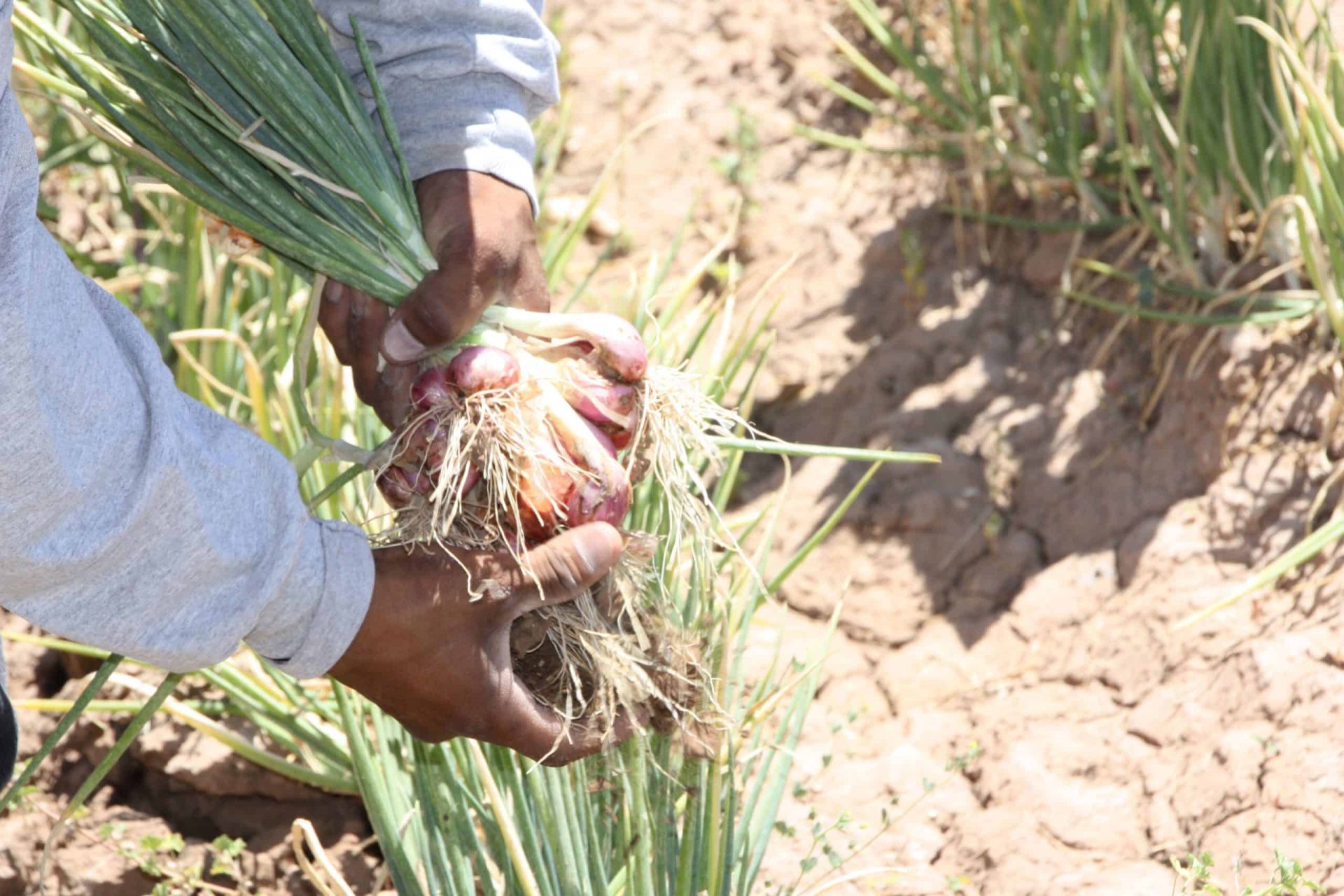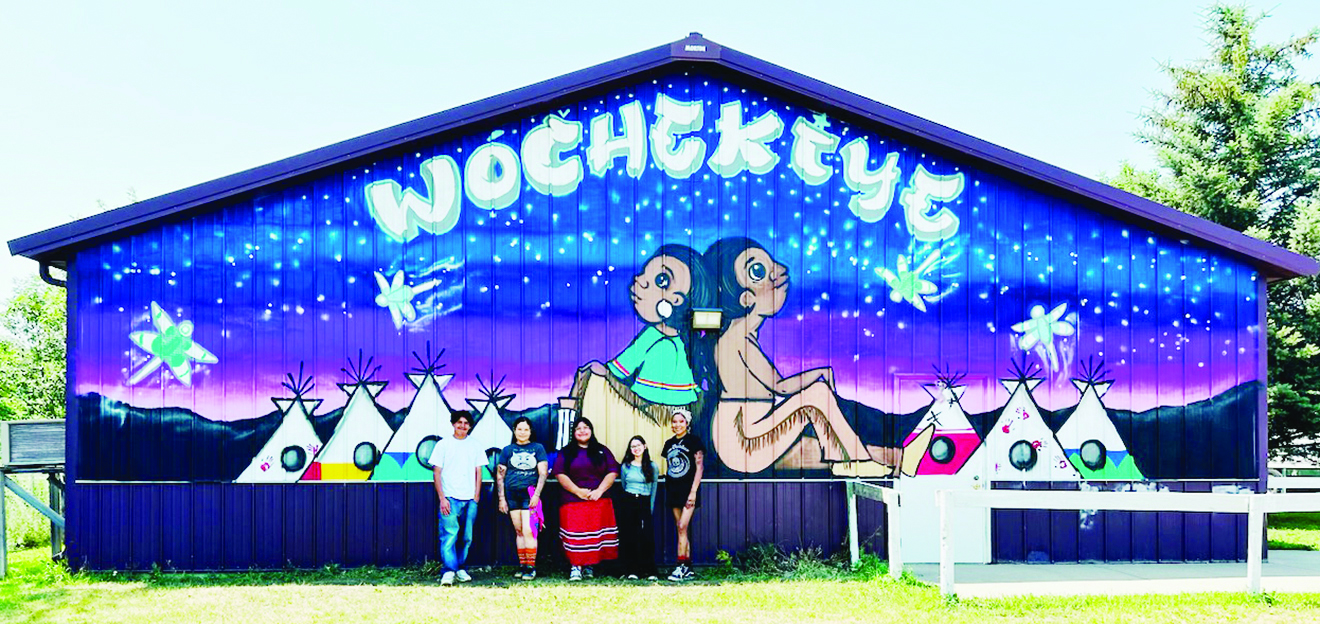VIEWS: 6099
October 28, 2021I’itoi Sivol Continues to Grow in O’odham Communities
One food plant traditionally grown by the O’odham since the 17th century is most commonly known as the I’itoi sivol, a type of multiplier onion, which means that the plant produces small, clustered bulbs. These onions most likely came from Father Eusebio Francisco Kino, the Jesuit missionary who traveled through this area in the late 1600s. He founded Mission San Xavier del Bac, among many other missions in northern Mexico and Southern Arizona, and worked with many of the local tribal communities, including the Tohono O’odham and Maricopa people.
Frederick E. Grossman wrote in his 1873 book The Pima Indians of Arizona that wheat was the main crop of the Pima, “with barley, onions and cotton of lesser importance.” The onions he referred to were likely the I’itoi sivol.
Jacob Butler, garden coordinator for the Salt River Pima-Maricopa Indian Community, said that the fact that these onions are still here in the communities is actually a testament to their importance. “It shows the value that they have, because people have been making sure the onions have been around,” he said.
“When you harvest them, you have a short window of time that you can actually plant them in the spring as well. Right after you pull them out, you can plant them again and get a grow-out from that, and you have to plant them again before the bulb dries out. When you take the onions out of the ground, they end up drying out even if you have them in a cool, dry place or they are refrigerated. The bulb will shrivel, so you have to get the onions in the ground two to three months after they have been harvested. It’s kind of cool to know that they’re not a seed that can store long-term outside of the ground, and so to see them around and [know that they] still exist in our communities is awesome.”
The name I’itoi signifies Elder Brother, who is the creator deity in O’odham cosmology, as seen in The Man in the Maze image. I’itoi sivol is the spelling that is more commonly used in the SRPMIC, and siwol is used by the Tohono O’odham, according to Butler. Both words are an O’odham translation of the word for onion in Spanish, cebolla.
These onions resemble the wild onions harvested on I’itoi Mountain, also known as Baboquivari Peak.
There are other names for I’itoi, such as Se:he or Se’ehe, which is the preferred name at SRPMIC that Butler uses as well.
The plants have mild shallot-like bulbs and spicy greens. These onions are easy to cultivate and will grow in both winter and summer rains in the low desert.
Butler said that the introduction of this onion gave people another option to grow outside of spring and summer as a winter crop, along with wheat and the tan pea.
In Southern Arizona, there is also what people call wild onions, or “blue dicks,” perennials that have an underground corm on the bottom instead of a bulb. A corm is kind of a modified stem, somewhat like a solid onion.
This particular onion will have a dark purple or bluish flower on a single stem, which sets it apart from an almost identical wild onion that is poisonous. Butler said that this onion comes out of the ground a little after spring, right after the rains, and you will usually see it along hillsides. “If you’re harvesting, you will need to wait until it presents its flower, which is indicative of it being the right [non-poisonous] one,” said Butler.
“It tastes more like a water chestnut than an onion. They are about the size of our onions, like a small shallot with a pink or reddish outer layer.”
Butler obtained the sivol from different people in the Community, such as Ed Mendoza, and from the Gila River Indian Community’s Pima-Maricopa Irrigation Project. “We wanted to see the differences, but they’re all pretty much the same,” said Butler.
SRPMIC members can order the I’itol sivol through the Native American Seed Request Program at Native Seeds/SEARCH, which has about 10 bulbs per packet. You can find more information on the program at www.nativeseeds.org.







